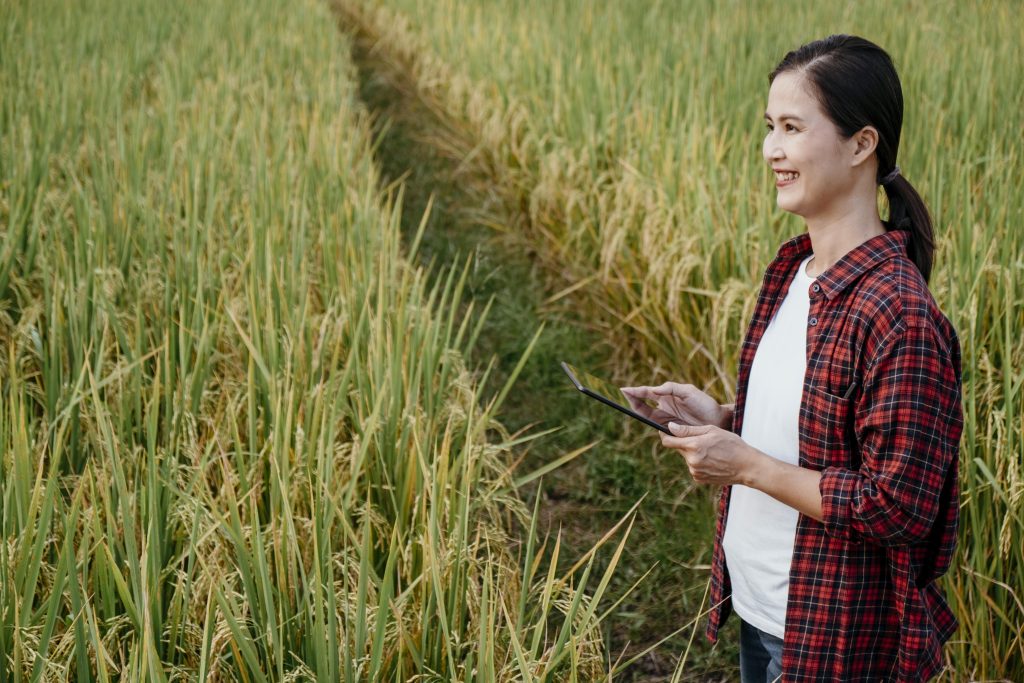
Importing rice is a complex process for a rice importer that involves various considerations and measures to ensure the quality and safety of the product. Whether you’re a seasonal rice importer looking for the latest insights or a newcomer looking forward to understanding the basics, this blog is your go-to resource for all things rice importation.

Some key things to consider and measures to be taken by rice importers:
Quality Standards: Ensure that the imported rice meets the quality standards and specifications set by your country’s regulatory authorities. This includes parameters such as moisture content, grain size, and purity.
Source of Rice: Choose reliable and reputable suppliers or producers of rice. Conduct thorough background checks to verify their credentials and track records.
Legal and Regulatory Compliance: Comply with all import regulations, permits, and documentation requirements established by your country’s customs and food safety authorities.
Food Safety and Inspection: Implement stringent food safety measures to prevent contamination, including regular inspection of the rice for pests, mold, and other contaminants.
Packaging and Labeling: Ensure that the rice is properly packaged and labeled according to your country’s labeling regulations. This includes information on the origin of the rice, expiration date (if applicable), and nutritional information.
Testing and Certification: Consider conducting laboratory testing for pesticide residues, mycotoxins, and other potential contaminants. Certificates of analysis from reputable laboratories can help ensure the rice’s safety and quality.
Storage and Transportation: Use appropriate storage facilities and transportation methods to prevent moisture absorption, pests, and damage during transit. Properly sealed containers and moisture-proof packaging are essential.
Customs Clearance: Work closely with customs officials to facilitate smooth clearance of the imported rice. Ensure that all required documents, including import licenses and certificates of origin, are in order.
Risk Assessment: Assess the risks associated with the rice import, such as price fluctuations, currency exchange rates, and political stability in the exporting country.
Market Demand and Price Analysis: Analyze the demand for rice in your local market and monitor global rice prices to make informed decisions about the timing and volume of imports.
Payment Terms: Establish clear payment terms with your suppliers, and consider using secure payment methods, such as letters of credit, to protect both parties’ interests.
Environmental and Social Responsibility: Consider the environmental and social impact of rice production in the exporting country. Ensure that ethical and sustainable methods are followed.
Contingency Planning: Have contingency plans in place for unforeseen circumstances, such as supply disruptions, quality issues, or changes in import regulations.
Documentation Record-Keeping: Maintain accurate records of all import-related documents, transactions, and communications for audit and compliance purposes.
Consumer Preferences: Keep an eye on consumer preferences and trends related to rice varieties and packaging to meet the demands of your target market.
Importing rice requires careful planning, adherence to regulations, and a commitment to quality control to ensure the safe and reliable supply of this essential staple food. It’s advisable to consult with experts or import/export professionals to navigate the complexities of rice importation successfully.
